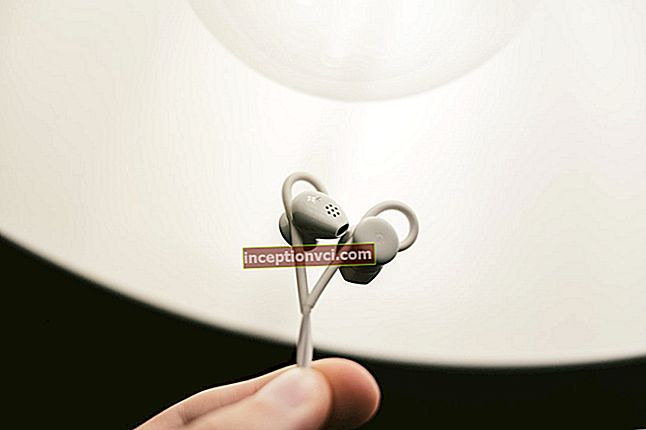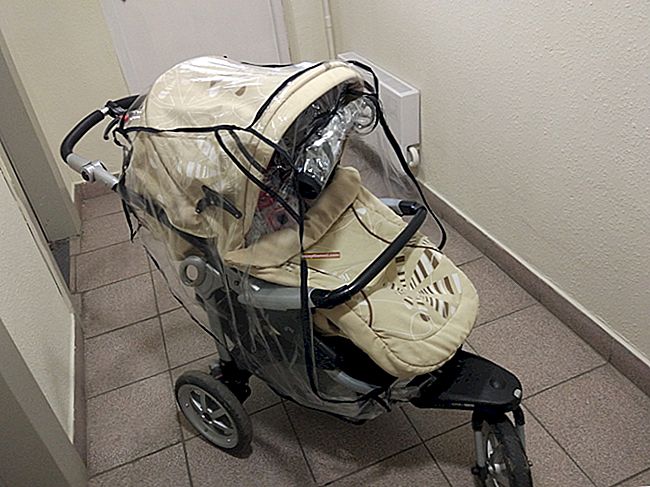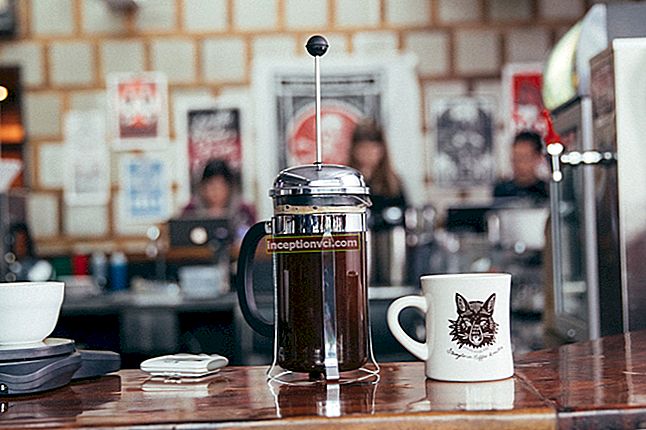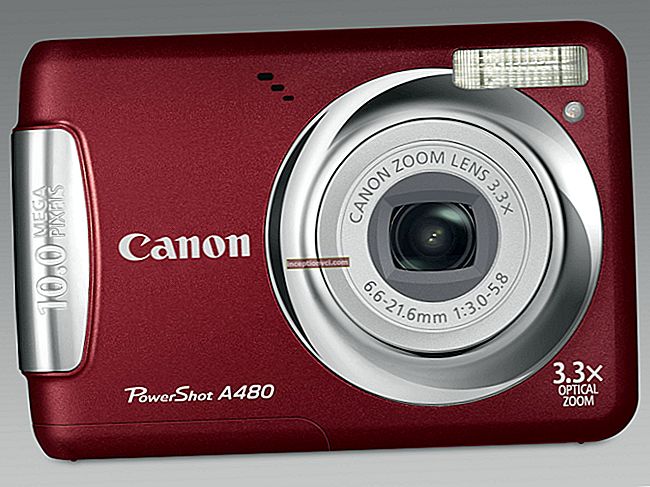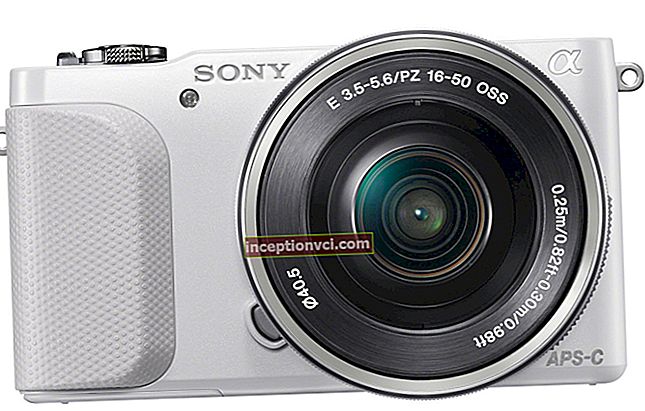
For a pleasant and comfortable skiing, not only the skis themselves are important, but also their manufacturer. An essential element is the boots in which you will be descending. There are many modern comfortable and safe boots. In the variety that exists today, it is sometimes difficult to decide what kind of footwear meets the qualities that we expect from them. With the help of this article, we will try to help you choose a model that will meet the requirements of safety and comfort.

Choice of boots
The choice of good boots depends first of all on whether they will fit your skis, not in terms of design or color, but to the bindings. You need to check if your foot is comfortable in these shoes.

Cross-country ski boots. Shoes can be classified according to two criteria: the first is based on the riding style you will be using, and the second is based on the target audience.
The first group is subdivided:
- to use the skating style of movement, you need high boots that will fix your leg, they will have a hard cuff. The load in this style is greater, so the presence of a cuff is mandatory in order not to injure the leg;
- a low boot with a soft sole, suitable for a classic ride:

- there are universal shoes, in which there is a removable cuff, or it may not be at all. They have an average stiffness of the sole.
By target audience are divided:
- boots that are designed for professional use, and they are chosen by athletes skiers. Such shoes require special attention, because they bear a heavy load, they must be durable and comfortable, you will not see leather inserts on them, and occasionally you can find synthetic materials that are superior in strength to leather.
- tourist - tourists use these shoes, special requirements are also imposed on them: they must be durable and comfortable, such boots are universal, that is, the person who wears them can move not only on skis, but also on foot. The boots have removable cuffs, they are made of leather and synthetic inserts.
- shoes for skiing, this type does not have such high requirements as the first two, they can be made using different materials. The prices for this species are very different and fluctuate depending on the quality.
- the last type is children's shoes, they should be especially comfortable, strong and warm, you need to pay attention to how easy they are to put on and take off.
Most of the running shoes use laces. The lacing should not come out of the top hole, but at the same time it must be of sufficient length. Shoes are not tied very tightly, so that the leg is a little free, if done correctly, the boot will make it possible to feel comfortable, because the leg will not be squeezed, but at the same time it will be fixed. There are boots with built-in Velcro, it protects the foot from snow getting inside and at the same time serves as an additional fixer. When buying shoes, you need to try on, while your foot should be in a sock, it should not be neither thick nor thin, or you need to do this in special for skiing or in woolen ones. The ski boot should not squeeze the leg too much, but also not be free, otherwise it will be difficult to control the skis.
When trying on shoes, it is recommended to stand, walk, you need to tear the heel off the floor, and at the same time you should feel that the heel just adheres to the sole, but it should not come off. Pay attention to the fact that when you stand, the crease in the toe should not squeeze your toes.If these conditions are not met when trying on, it means that such shoes do not fit you, you need a different model or size. The cuffs in skate-style boots should not squeeze the leg, but serve only as a retainer and no more. Stiffness in ski shoes should be present primarily in classic ones, in combined ones it should be medium, and for skating shoes - minimal.

Ski boots.
The structure of a ski boot is the absolute opposite of a running one. Ski shoes include two parts: the first is the outer boot and the second is the inner boot. The outer part is responsible for the movement of the skis, it reacts to the impulses that come in. The stiffer it is, the better and easier it will be to control the skis. When buying, pay attention to its rigidity, because there is no single criterion for designation. Some companies that produce this equipment use two words, namely "hard", "soft", other manufacturers refer to "Nordica" and "Salomon". The absolute value that was deduced to designate stiffness is as follows - a kilogram of force per degree of deflection. For those who will buy boots for the first time, we advise you to choose those whose rigidity will be from 15 to 60 kgf / deg, for non-beginners who have mastered the basic skills of skiing, shoes that will have from 40 to 80 kgf / deg. If you confidently stand on skis, you feel that you can move to a new level, then feel free to try on shoes from 60 to 90 kgf / deg. The boots, which have a stiffness of about 115, are intended for professional skiers. There are stiffness controls in various boot models, but if you are a beginner and are just learning to ride, then this function will not help, it is offered for more advanced skiers. Regulation depends directly on the slope of the mountain and on the effort that will be applied.
On the front of the boot, which is called the bootleg, there are plastic or metal fasteners, they help to adjust the rigidity in order to feel as comfortable as possible, and at the same time the leg was well fixed. The number depends on the model, it can be from 1 to 4. In addition to fasteners, there are screws in boots that have different functions, for example, if there is a hinged back, then the screw built into the large fastener will serve as a lock, but for this you need to tighten it. so he can fix his leg. In ski boots there is a power strap that fixes the lower leg along its upper part. The presence of the cuff will allow you to adjust the tilt forward and backward, it is this ability that helps to better fit the boot to a person, depending on his stance while riding. In some models, there may be a function called "canting", it allows the cuff to tilt to the right or left, it all depends on the structure of the skeleton of the person putting on the boots. A special element is located at the back of the shoe, which is responsible for improving the transfer of forces that will be made directly to the ski. There are situations when you need to find a good point for descent, then just loosen the latches and you can walk freely in these shoes, this is done with a switch. The switch has two positions: walking and rolling. It should be noted that ski boots have such a nuance as the principle of entry. If the front entrance is used, then the cuff should be unbuttoned in front, which will provide a clearer fit for the leg, most often it does not have an adjustment for backward tilt and is intended for sports riding. In shoes with a central part, there is the possibility of partial reclining of the back part, this is necessary in order to make it easier to take off and put on. The latter type is boots with rear entry, which are best for beginners because they have a fold-over heel that makes them very easy to put on.

The inner boot is always made from soft materials, so you don't need to wear socks under your boots and it will help you better fit the shoe to size. The materials from which the boot is made are different in their properties. Some manufacturers use a material to create footwear for beginners that takes the shape of a foot after a few minutes. In shoes for professionals, more rigid materials are used, which can only take the shape of a foot after a while. The advantage of this boot is that with this stiffness the level of ski control becomes better. Such boots are not suitable for beginners, you will learn little in them, and it will be even more difficult to operate them than ordinary ones. Only with time will it be possible to switch to this model.
It is worth noting a couple of secrets when choosing boots. One of them is that when you choose a size and you have a wide leg, then choose a half size larger, because during the descent under load, the leg will become even wider. To avoid discomfort, do not forget about it. When trying on shoes, be sure to stand. When you measure the boot, you need to put it on a thin elastic toe, without folds, even, so that it ends above the cuff.
When choosing shoes, you do not need to focus on any particular brand, because each of the companies produces shoes with its own characteristics, with different insteps, with a wide or narrow heel and toe. There is no need to focus on the price, because professional shoes will be expensive, and for beginners it will be difficult. The boot can squeeze your leg, you should not stop your choice on this model, as this discomfort will only increase when going downhill.

During the fitting, you need to fasten all the fasteners. It is best to start with the second from the toe, with its help, you will buckle the arch of the foot, thanks to this, the heel will be fixed. After you have fastened all the fasteners, you should listen to the sensations, for example, whether the boot is pressing, the leg should not rest, whether you can move your fingers a little, the heel must be clearly fixed and remain in this position when tilting. It is imperative to move your foot forward, backward, and also to the right, to the left.
After that, you can tighten the fasteners to the maximum. It must be remembered that the inner boot has not yet taken the shape of a leg, which means that next times you will have to tighten the boot even tighter, but if they are fastened as much as possible, then later you will not fasten them more.
Sometimes there may be a feeling that the shoe is small, then on the other leg you can put on another, which will be half a size larger, and again you will need to listen to the sensations of which leg is more comfortable. During the fitting, you will need to sit down, if you sit down, and you are leaning back, it means that the shoes are too stiff, it is advisable to stand, walk for 10 or 15 minutes. After purchasing your shoes, we do not recommend leaving them immediately until the onset of the ski season. You can walk in it at home, thereby preparing your legs.
There are a large number of firms that produce ski boots, the most famous and those that have proven themselves well: Rossignol, Salomon and Fischer.

Enjoy your shopping!



